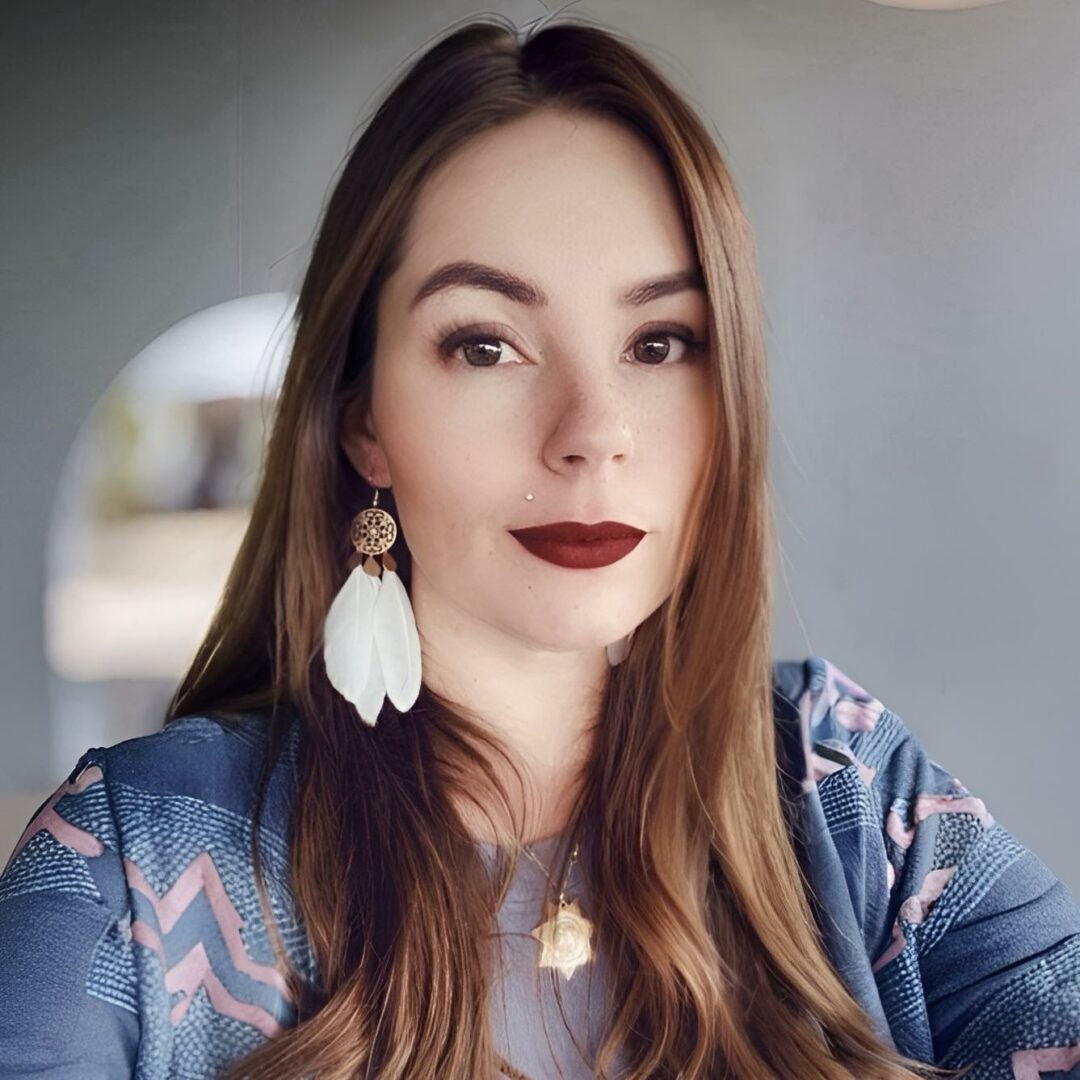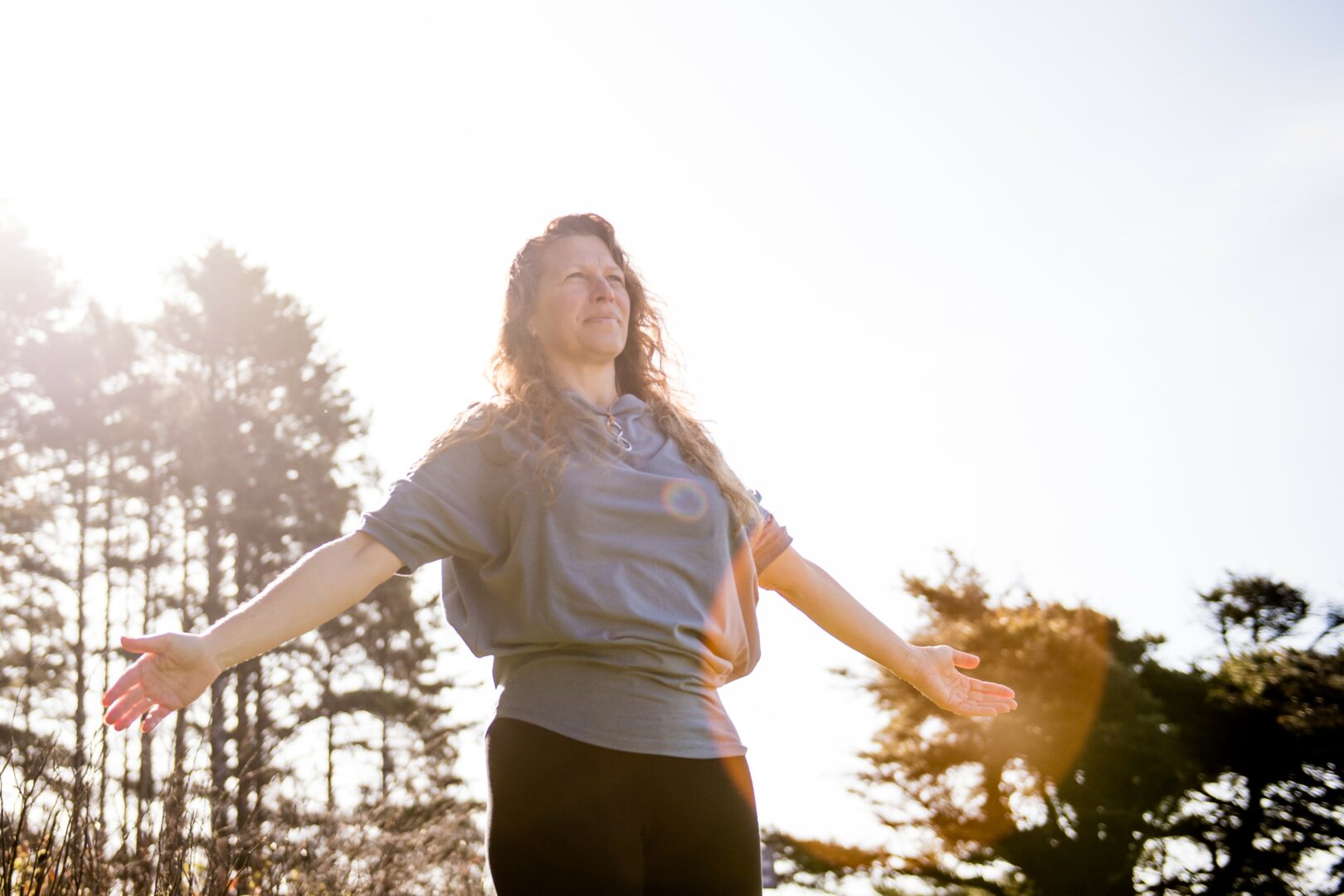Megan Escoto shared their story and experiences with us recently and you can find our conversation below.
Hi Megan, thank you so much for joining us today. We’re thrilled to learn more about your journey, values and what you are currently working on. Let’s start with an ice breaker: What is something outside of work that is bringing you joy lately?
Earlier this year, my husband and I decided to start our National Park journey and try to visit all the national parks together. So far, we’ve visited Redwood National and State Parks, Yosemite National Park, Pinnacles National Park, Grand Canyon National Park, and Hawaiʻi Volcanoes National Park. This summer, we’re planning to visit Crater Lake National Park, Olympic National Park, Sequoia National Park, and Lassen Volcanic National Park.
Can you briefly introduce yourself and share what makes you or your brand unique?
Absolutely! My name is Megan Escoto, and I’m a former first responder who now focuses full-time on child abuse prevention and anti-trafficking advocacy. My journey into this work is deeply personal. I’m a survivor of both childhood abuse, the foster care system, and labor trafficking — I spent five and a half years in a trafficking situation as a young adult, and during that time I had many interactions with healthcare workers and law enforcement. But no one recognized what was happening. So later, I chose to become the person I once needed.
I now work to educate frontline professionals — especially law enforcement, first responders, and community workers — so they can better identify red flags, respond to victims with empathy, and prevent cases from falling through the cracks. I also sit on a legislative panel in California, where I review proposed laws related to sex crimes and violence against women, helping ensure survivor perspectives are represented in those conversations.
I’ve published two books: one is Human Trafficking: Recognize. Respond. Prevent., which is a guide for peace officers and first responders, and the other is Warriors Rising: From Surviving to Thriving — a collaborative anthology written by five women who survived human trafficking and went on to reclaim their lives. Both books are about education, empowerment, and changing the systems that failed us.
What makes my work unique is the intersection I stand in — as someone who’s experienced the system from both sides: as a victim and as a responder. That perspective allows me to speak to gaps that aren’t always visible from the outside, and to advocate for meaningful change that truly centers survivors.
Okay, so here’s a deep one: What’s a moment that really shaped how you see the world?
Honestly, I didn’t think I was going to live to see my 25th birthday. In 2015, when I was 24, I was in the process of escaping a trafficking situation I’d been trapped in for over five years. That summer — specifically July 25th — became the turning point of my life.
It was one of those “make or break” moments. I didn’t have a plan, I didn’t have money, and I didn’t know who I could trust. But what changed everything were a few people in the community — strangers, really — who saw something in me and chose to help. A tow truck driver and the owner of a local hair salon offered me support, no questions asked. They believed in me at a time when I didn’t even believe in myself.
That day is forever etched in my memory, not just because it marked my freedom, but because it reshaped how I see the world. It taught me that even small acts of kindness can literally save a life. It made me realize how powerful community can be — and how vital it is that we never underestimate the impact we can have on someone in crisis.
I often think back to that day, especially in my work now. It reminds me why I fight so hard for those who are still trying to escape — and how important it is to be the person who sees someone, believes them, and helps them find a way out.
When did you stop hiding your pain and start using it as power?
For a long time, I didn’t talk about what happened to me. Even as I was rebuilding my life — going back to school, starting a career, healing emotionally — I tried not to think about the past. But I wasn’t coping. I was surviving, not fully living.
That changed in 2019, when I met a woman named Elizabeth Quiroz. I opened up to her and told her everything. While I always knew what I went through was horrible, she gave it a name. She said, “What you experienced is human trafficking. That’s a crime.” Hearing those words hit me like a wave — because for the first time, I realized it wasn’t just something I needed to bury or minimize. It was real. It was criminal. And it wasn’t my fault.
After that, I told my mom everything. She encouraged me to make a police report. Elizabeth and another incredible woman, Lisa Diaz McQuaid, drove me to the Sheriff’s Office in August 2019. I sat in that interview room for hours. When it was over, I cried — years of pain, silence, and survival finally pouring out. And even though no arrest was ever made, that moment lit a fire in me.
I realized that our system is reactive — it’s not always designed to protect people before the damage is done. So I made it my personal mission to educate, to advocate, and to try to shift that dynamic. That journey led me to write books, speak at the Capitol, and work with lawmakers on what needs to change. Turning pain into power didn’t happen overnight — but it started the moment I stopped hiding and started speaking up.
Sure, so let’s go deeper into your values and how you think. Whom do you admire for their character, not their power?
Audrey Hepburn. While most people know her for her beauty and fame, what I admire most is who she became beyond the spotlight. After surviving hardship during World War II, she spent much of her later life working with UNICEF, traveling to some of the hardest places in the world to advocate for vulnerable children. She didn’t do it for attention — she did it quietly, consistently, and with deep empathy.
That kind of character — using your experiences and platform to make life better for others — speaks to me more than titles or influence ever could. I think the most powerful people are the ones who lead with compassion and choose to serve, even when no one’s watching.
Okay, so before we go, let’s tackle one more area. Are you doing what you were born to do—or what you were told to do?
For a long time, I believed I was supposed to work in law enforcement. It felt like the natural path — both as a way to make a difference and as a kind of full-circle moment after everything I went through. But despite years of trying, it just didn’t work out. I had to accept that maybe that door wasn’t meant to open for me.
It was hard at first, but over time I’ve found peace — and purpose — in the work I am doing: survivor advocacy, education, and influencing policy. My husband often tells me, “This is where you were meant to be,” and maybe he’s right. I still don’t know exactly where my path will lead, but I’ve learned that your calling doesn’t always look like what you imagined. Sometimes it finds you in the aftermath.
I’m also seriously considering going to law school and pursuing my JD, so I can practice law and push for change from inside the system. That would be a major long-term investment — not just in education, but in positioning myself to make the kind of impact I dream about. It won’t pay off right away, but I believe the future I’m building will be worth every step.
Contact Info:
- Website: https://www.linktr.ee/empoweredbymegan
- Linkedin: https://www.linkedin.com/in/empowered-by-megan/
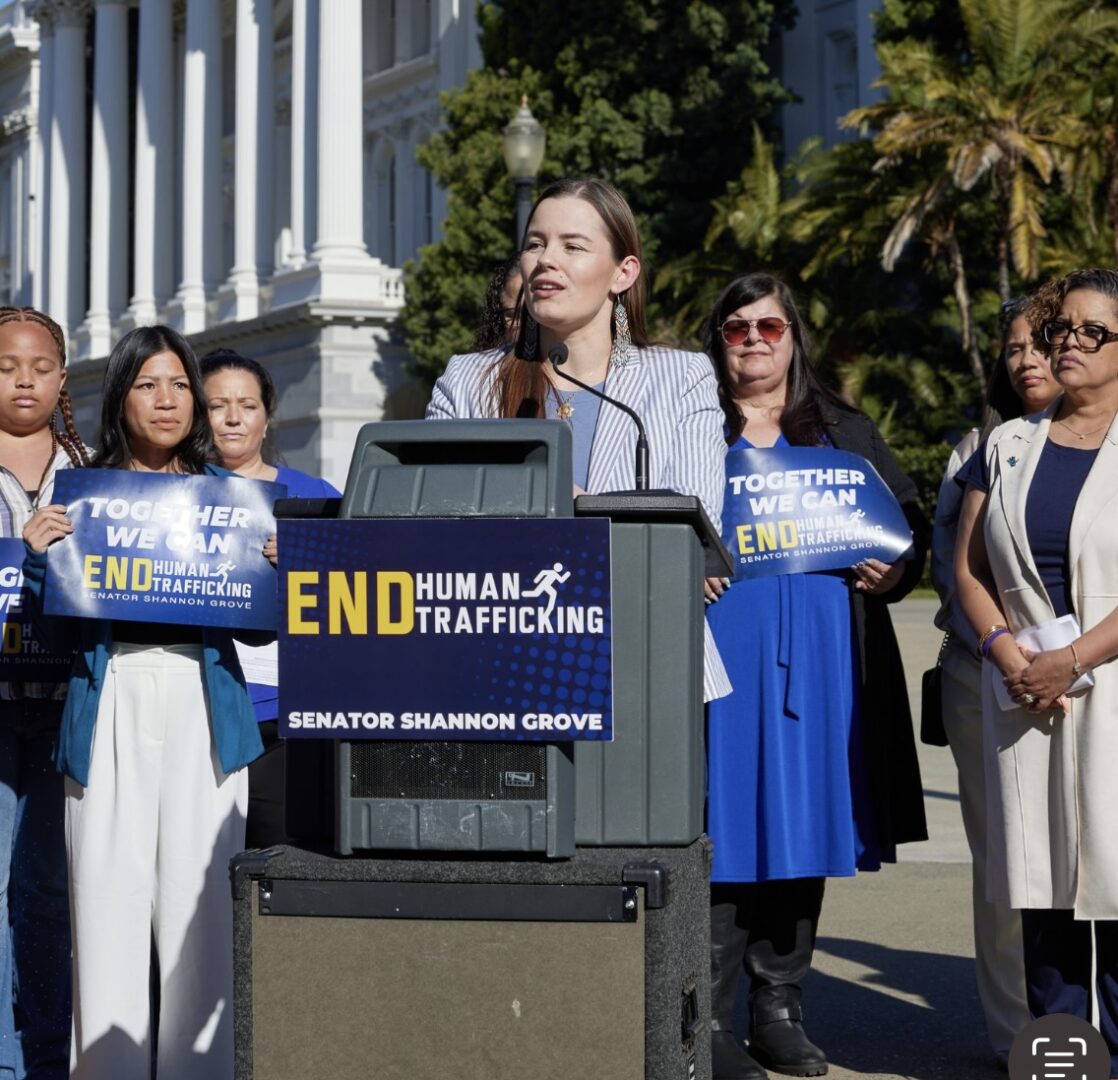


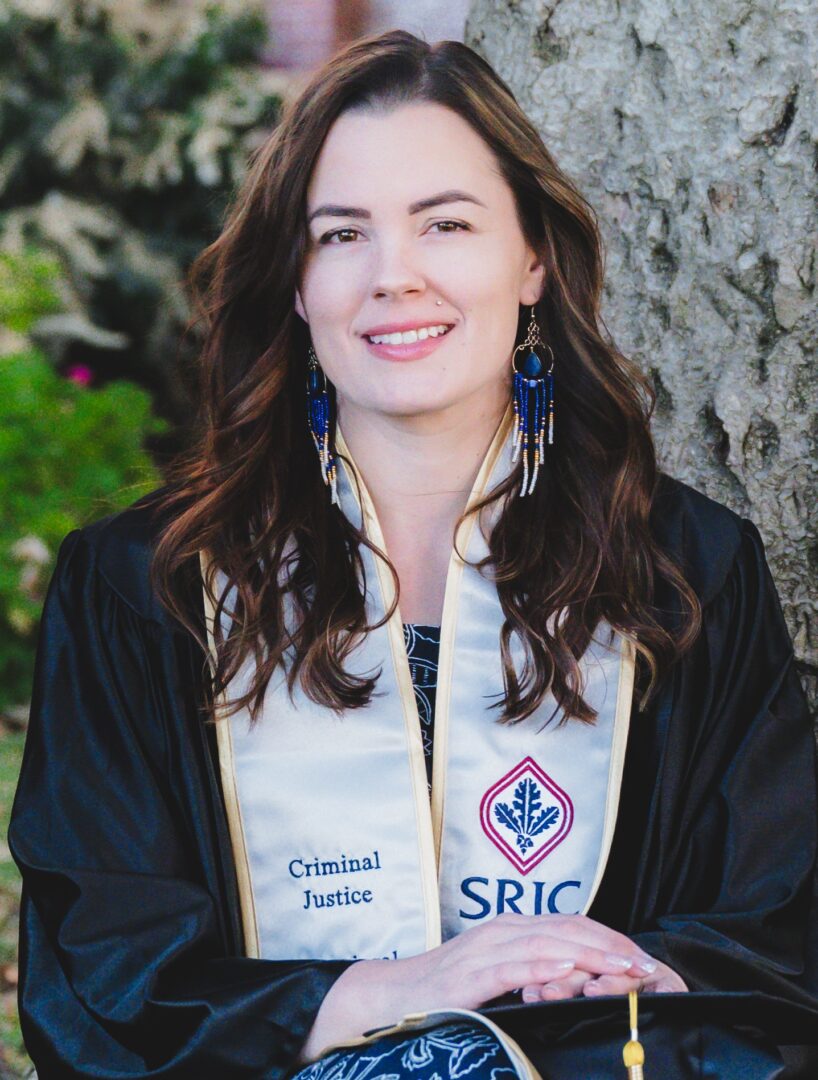
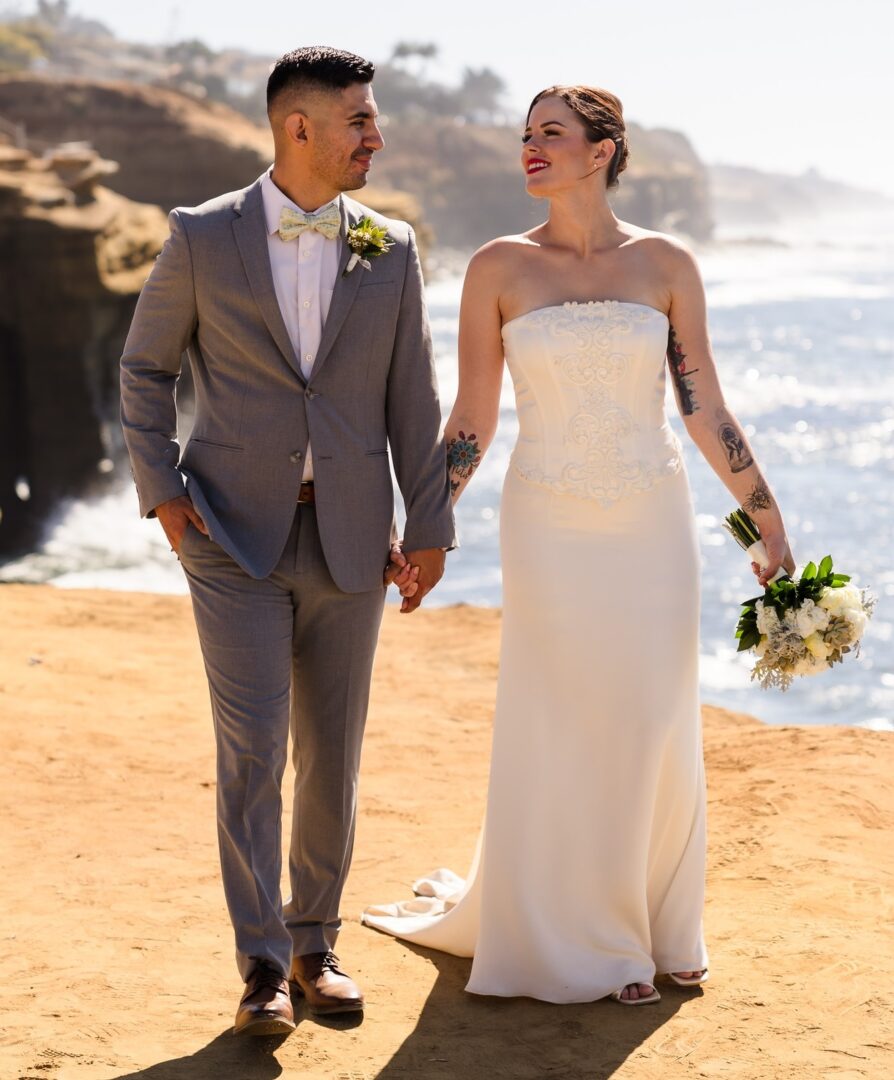
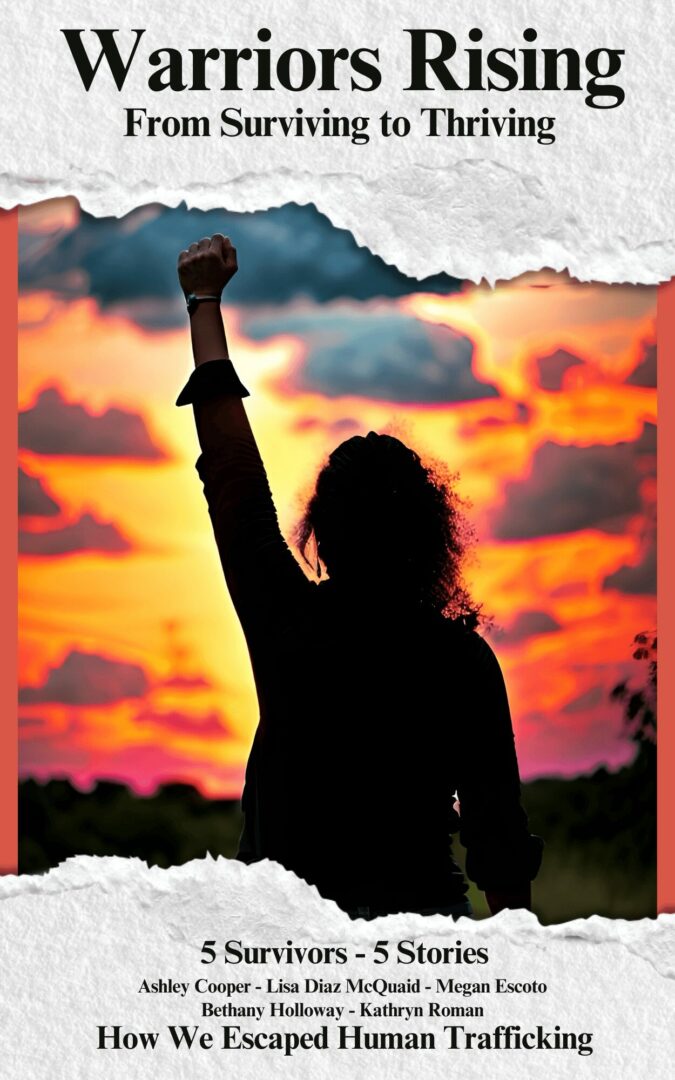

so if you or someone you know deserves recognition please let us know here.

